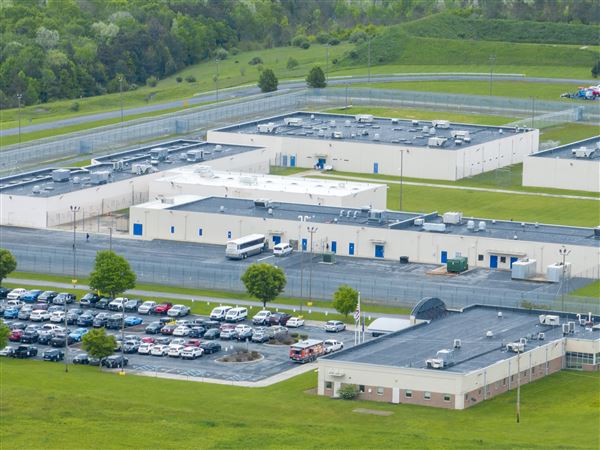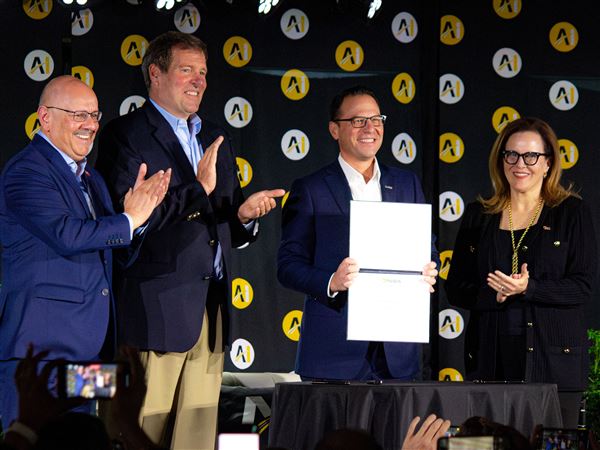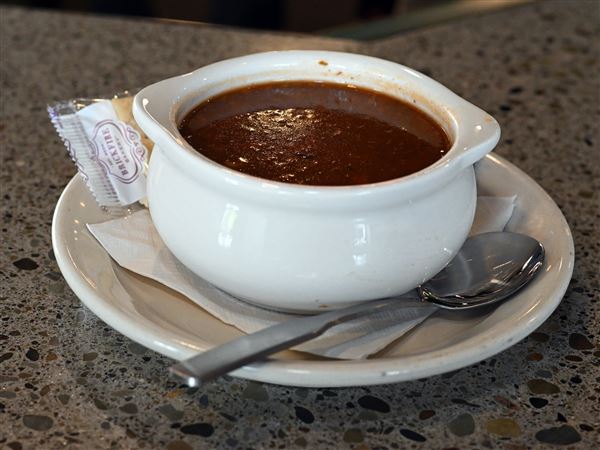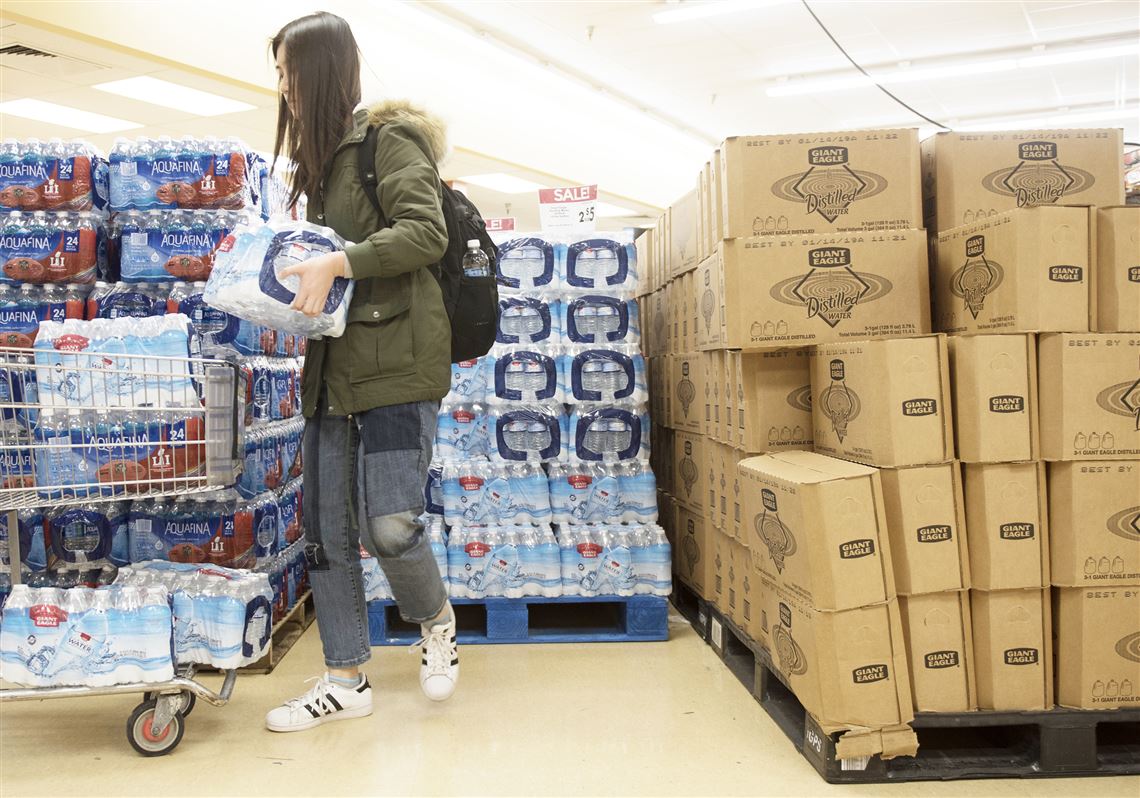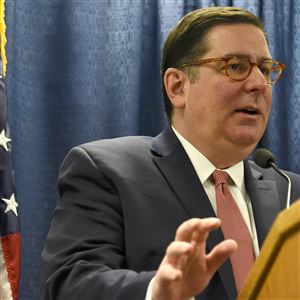Federal regulators have strongly criticized the state Department of Environmental Protection for failures in the administration of its safe drinking water program.
According to a Dec. 30 letter from the U.S. Environmental Protection Agency to the DEP, a lack of funding has caused staffing cuts, significantly reducing the number of public water system inspections and creating a situation that “can have serious public health implications as major violations could be going unidentified.”
If the state Safe Drinking Water Program can’t meet minimum federal inspection and regulation requirements, the letter warned, the DEP could be required to cede control of the program to the EPA.
“We’ve seen no actual health problems, but the reason we sent the letter is to make sure that doesn’t happen,” said Rick Rogers, acting deputy director of EPA’s regional water protection division.
He said DEP budget cuts have caused staffing reductions of more than 20 percent in the DEP’s Bureau of Safe Drinking Water.
While most other state drinking water programs in the EPA’s Mid-Atlantic Region have also suffered budget cuts, Mr. Rogers said, only Pennsylvania has been sent a letter outlining multiple program deficiencies and been required to submit a written “action plan” detailing how the state will provide the resources to meet the minimum federal water program requirements.
Neil Shader, a DEP spokesman, issued a statement saying the department agrees with the federal critique of the state’s program, which, earlier this week issued a boil water order for 100,000 city residents receiving water from the Pittsburgh Water and Sewer Authority’s filtration plant and Highland Park Reservoir No. 1. The boil water order was based on inconsistent and low chlorine test results that raised concerns about giardia contamination that proved to be unfounded. But the PWSA water system, serving 83,000 household customers, has also experienced higher lead levels in water supplied to some homes.
“The DEP is aware of the concerns expressed by EPA in regards to staffing levels and resources, and shares those concerns,” Mr. Shader said. “The EPA’s concerns are well-founded, and without additional investment, the problems outlined by EPA will continue to be exacerbated.”
He said the DEP is discussing how best to address the programmatic and staffing shortfalls with its technical advisory committee.
The EPA, in its letter, said that over the past six years the number of drinking water program inspections, known as ‘sanitary surveys,” has “significantly declined,” dropping from 3,177 in fiscal 2009-10 to 1,847 in fiscal 2015-16. The DEP is supposed to do the full, top-to-bottom sanitary surveys of each public water system every three years.
Because of staff reductions, the average number of water systems each DEP inspector is responsible for is 149. The national average is less than half that — 67 water systems per inspector.
“We know the DEP water program staff remaining is excellent, and are doing the best with the resources they have,” Mr. Rogers said. But the agency’s letter noted that the “excessive workload is not sustainable and program performance will continue to suffer.”
The number of “unaddressed violations,” that is violations identified by inspections but not resolved, has risen from 4,298 to 7,922.
“We were concerned about the direction of the program,” Mr. Rogers said, “and wanted to make sure the state turns it around before things get any worse.”
Don Hopey: dhopey@post-gazette.com, 412-263-1983, or on Twitter @donhopey
First Published: February 4, 2017, 5:05 a.m.

